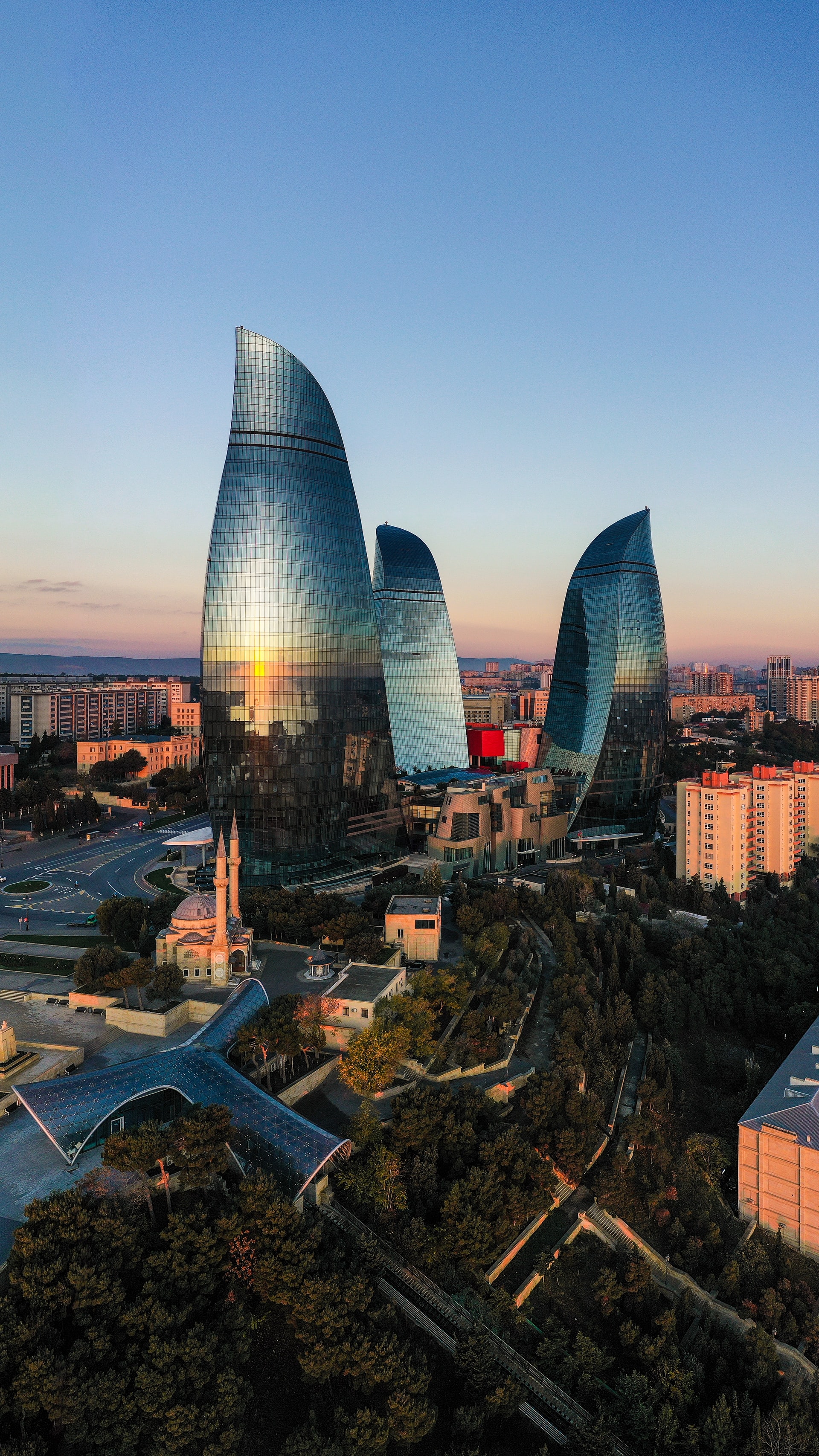These 5 countries lead the world in infrastructure governance
Without good governance, infrastructure development fails. No surprise then that countries that have robust governance structures lead the world in building their nation’s futures. According to Global Infrastructure Hub’s InfraCompass analysis, Singapore, Denmark, the Netherlands, Canada and Austria have the strongest governance frameworks, and that shows in their infrastructure ratings.
InfraCompass helps governments identify strengths and areas for priority action by analysing a country’s infrastructure development enabling environment based on eight distinct drivers, highlighting the top three metrics underpinning the drivers, and suggesting the bottom three metrics with the greatest opportunities for improvement.
One driver, Governance, examines a country’s “strength of government exercise of authority and control, the integrity of its institutions (including rule of law and corruption prevention), and the robustness in its legal environment required to support infrastructure investment”. Countries scoring high in governance exhibit strong leadership underpinned by capable institutions that support the rule of law, transparency, and consultation, and have established effective and independent decision making structures for infrastructure investment.
The state of governance for a country is scored from data on these six factors:
- recovery rate – cents on the dollar recovered by secured creditors
- rule of law
- post-completion reviews (a simple yes/no)
- shareholder governance – measures that protect shareholders
- political stability and absence of violence, and
- Infrastructure or PPP agency (a simple yes/no).
Strong governance is a prerequisite for engendering trust in the investment community, and excellence in governance is a hallmark of advanced economies, as evidenced in the top five scoring countries for 2020:
1. Singapore
With a score of 83.4 (out of 100), Singapore leads the world in the governance driver. Its recovery rate of 88.7 cents on the dollar is twenty cents above the average for high income countries. Of the top 5 countries, Singapore scores high regarding the rule of law and political stability and absence of violence.
In 2018 the Singapore government formed a new entity, Enterprise Singapore to centrally champion excellence in development, and its Infrastructure Hub is a catalyst for facilitating improvements in infrastructure development.
2. Denmark
Denmark jumped one position to earn its number two position, scoring 82.6. Denmark has embraced the UN’s Sustainable Development Goals (SDG) and the process of developing an Action Plan to meet its own SDS goals has enhanced governance procedures across government and business.
Governance is led by the Ministry of Industry, Business and Financial Affairs.
3. Netherlands
The Netherlands comes in at a close third at 82.3. Its recovery rate is 90.1 cents on the dollar, second only to Japan. Strong leadership, policy development, and project oversight is provided by the Ministry of Infrastructure and Water Management which is divided into four separate Directorates-General – Mobility, Aviation and Maritime Affairs, Environment and International Affairs, and Water and Soil Affairs.
4. Canada
Coming in at number four is Canada, scoring 81.9. Canada receives high points for recovery rate and rule of law. Improving governance across society is of keen interest, supported by such organisations as Ethical Boardroom and the Institute on Governance.
Future development planning and oversight is now consolidated in the Invest in Canada Plan, a twelve year, $180 billion effort targeting infrastructure development in public transport, green, social, trade and transportation, and rural and northern communities.
5. Austria
And number 5 is Austria, with 81.3, a score which placed it into the top 5 for the first time. The country scores the highest of the five leading countries for rule of law.
Integrated government planning and oversight is led by the BMK, or the Federal Ministry for Climate Action, Environment, Energy, Mobility, Innovation and Technology.

 InfraCompass
InfraCompass





